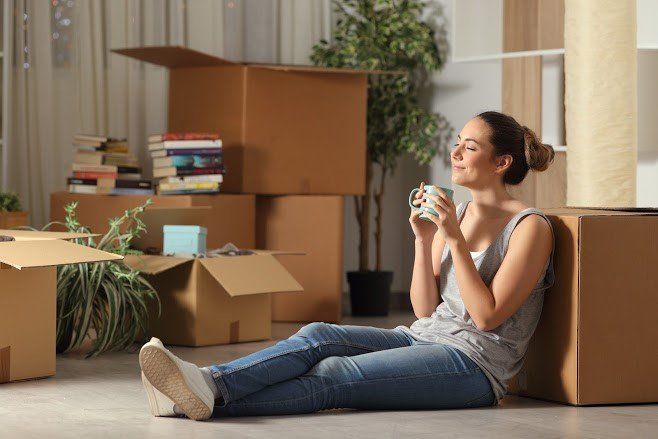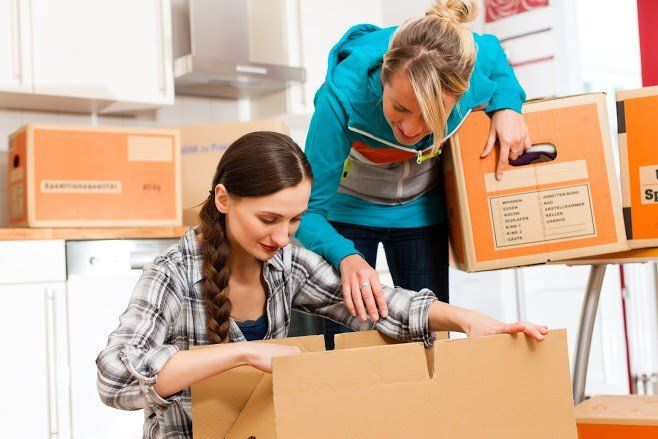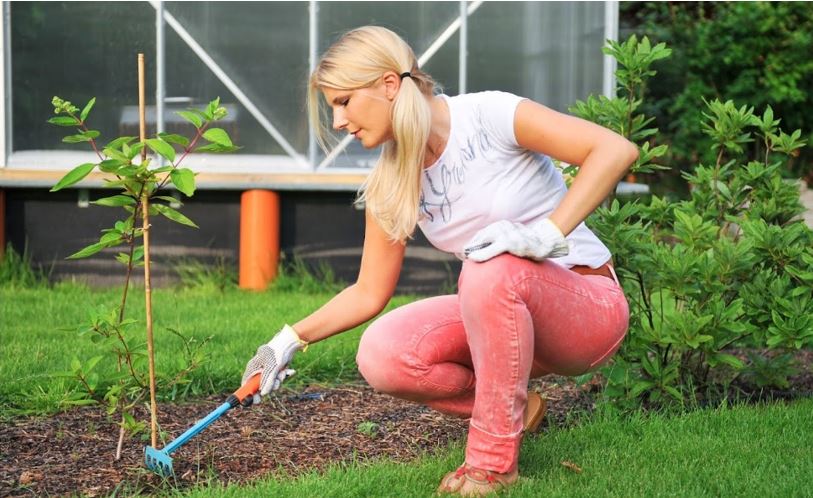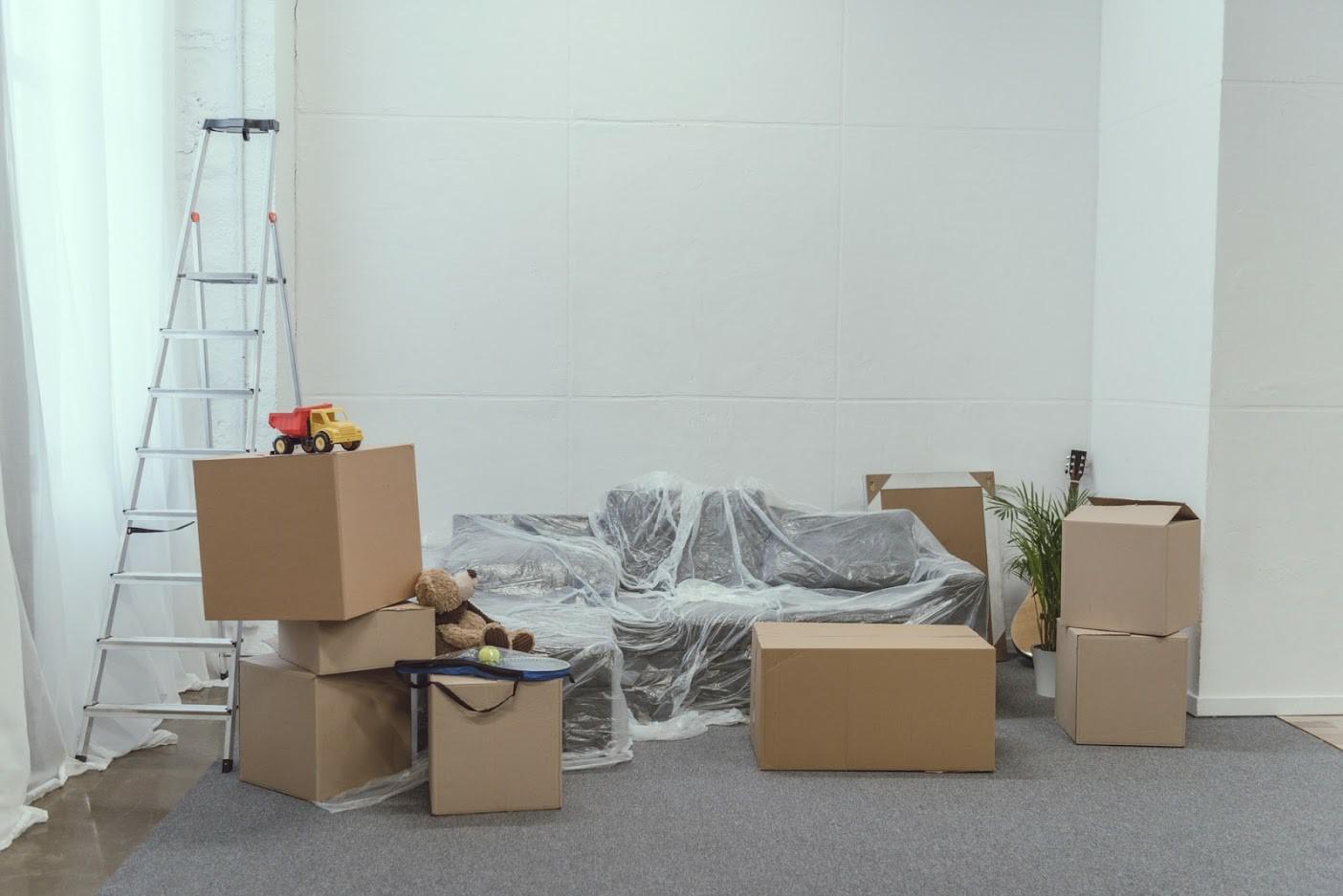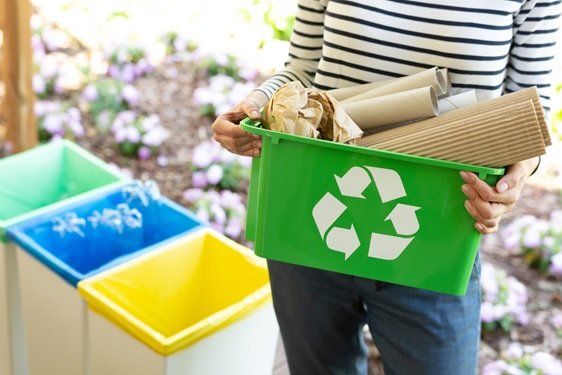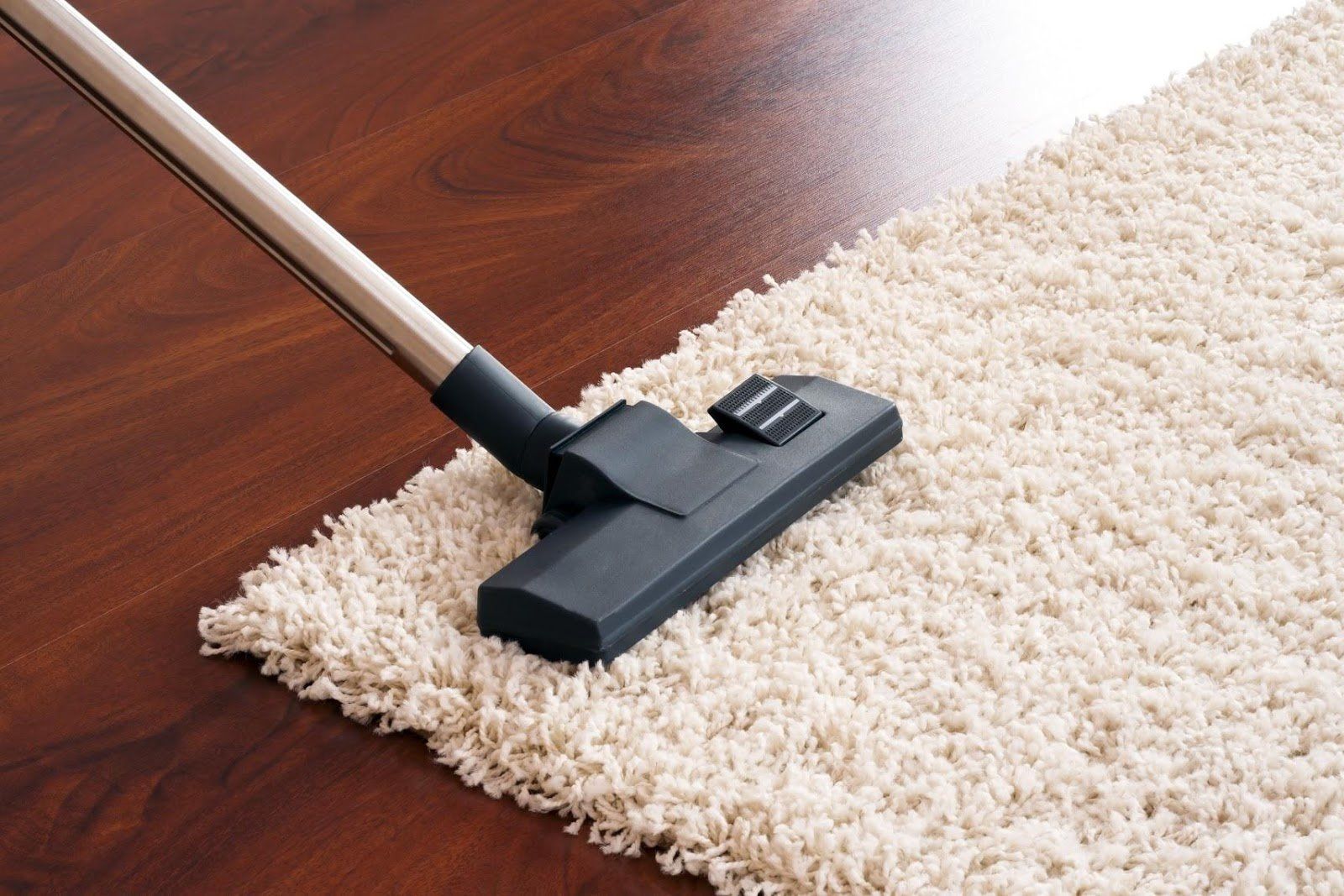What You Need to Know About a Zero-Waste Move
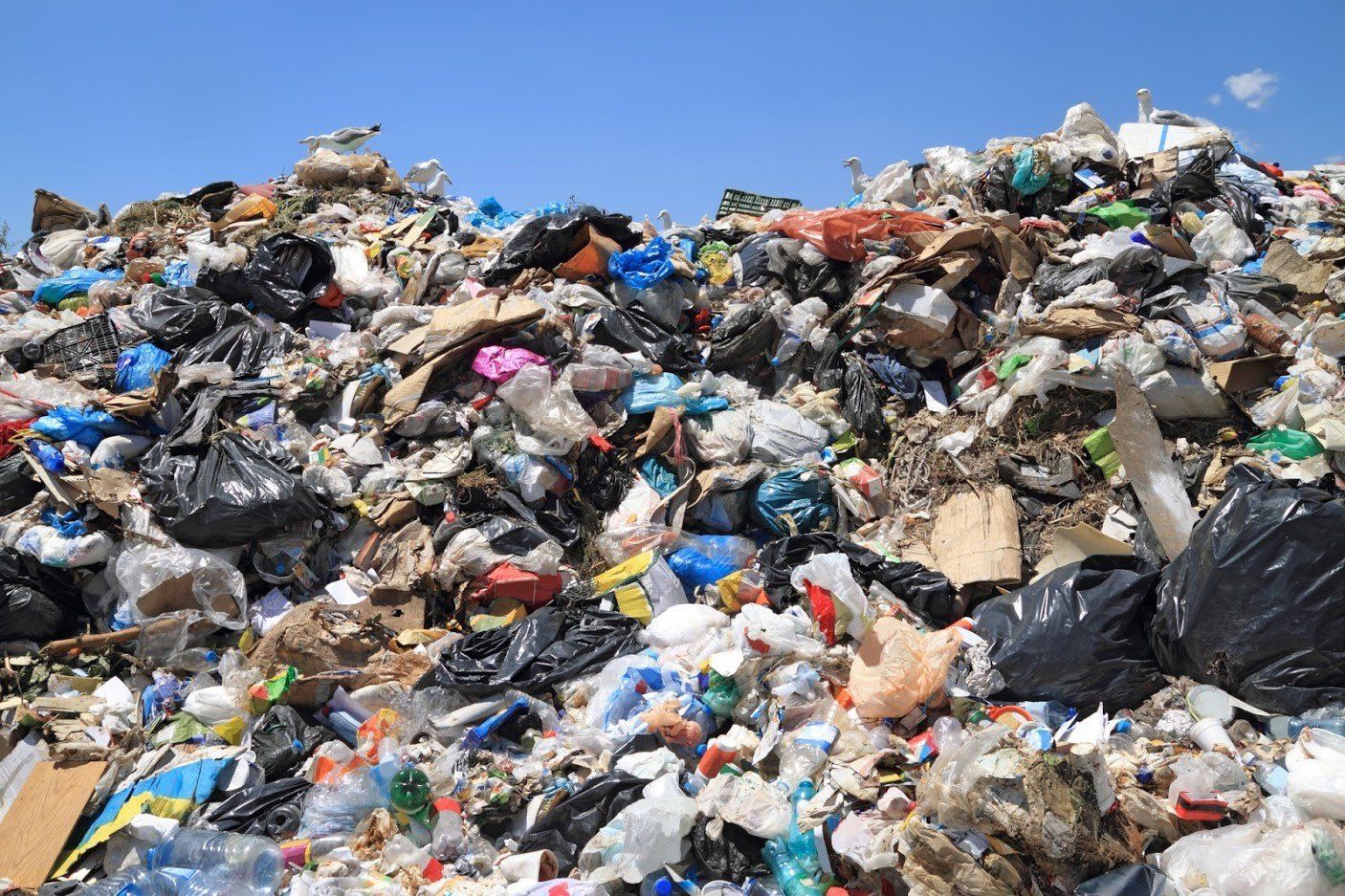
Do you want a zero-waste move? Eliminate the excess waste and take a look at what you need to know about this type of green move.
What Is a Zero-Waste Move?
While a move might not seem like a major waste generator, the transition from one home to another can leave behind a trail of trash. As the name implies, a zero-waste move won't create waste.
Ideally, the move would reduce the amount of waste to zero. But this isn't always possible. If you can’t completely eliminate all waste from the process, a greener move with minimal waste is an eco-friendly alternative.
Why Choose a Zero-Waste Move?
In 2017, Americans generated 67 million tons of paper and paperboard municipal solid waste (MSW), according to the U.S. Environmental Protection Agency (EPA). More than 18 million tons of the MSW paper and paperboard waste ended up in landfills across the country.
Landfills contain potentially harmful chemicals and substances that can leak out and contaminate drinking water or enter the air. Gases (such as methane) that come from landfills may contribute to the greenhouse effect, which results in climate change.
Cardboard boxes, cardboard or paperboard dividers, and protective newsprint paper are primary moving materials. Even though these items can prevent damage and contain your belongings during the move, they can also add to the overall landfill pollution problem.
Along with cardboard boxes and paper products, other move-related materials can also end up in landfills. Pre-move decluttering can eliminate excess items and make your move easier. But this doesn't mean you should throw everything that you don't want to bring with you into the trash.
According to the EPA, 139.6 million tons of general MSW was landfilled in 2017. This includes paper and paperboard, textiles (such as old clothing, towels, or bed linens), rubber and leather, glass, metals, plastics, and food.
How Can You Start a Zero-Waste Move?
There are several steps to a zero-waste move. Again, it's not always possible to completely eliminate move-related waste. If this is your first zero-waste move or you aren't sure whether you can eliminate all waste, set a low or minimal waste move as your goal.
The first step to a zero or low waste move is decluttering. As you trim your belongings down, consider what will happen to each item if you throw it away. Petroleum-based plastic products can take hundreds of years to degrade, according to the EPA. Whether you have plenty of plastics to toss or other items, the garbage isn't the best place for your discarded home goods.
Find ways to reuse or recycle everything you want to get rid of. Donate furniture, clothing, old books, or home accents to a charity, have a yard sale, or sell unwanted items online. You can also recycle some types of plastics, glass, and paper products.
How Can You Move Without Creating Waste?
Once you've decluttered, repurposed, and recycled, move on to the next step and pack. Cardboard boxes are the least eco-friendly option for your zero-waste move. Unless you're sure you can recycle every piece of cardboard or you have plans to reuse the boxes over and over again, choose a more permanent option.
While plastic bins won't degrade easily, they are reusable. Unlike cardboard, which has a limited reuse life, plastic containers can last for years. Consider a bin rental service if you don't think you'll need such containers again in the near future.
Reduce packing material waste and choose recycled or reused protective items. Instead of Styrofoam packing peanuts or plastic bubble wrap, repurpose old towels or bed linens as container cushions.
If you need help with your upcoming move, contact O'Sullivan Moving & Storage Co. We can help make your move more efficient and eco-friendly.

